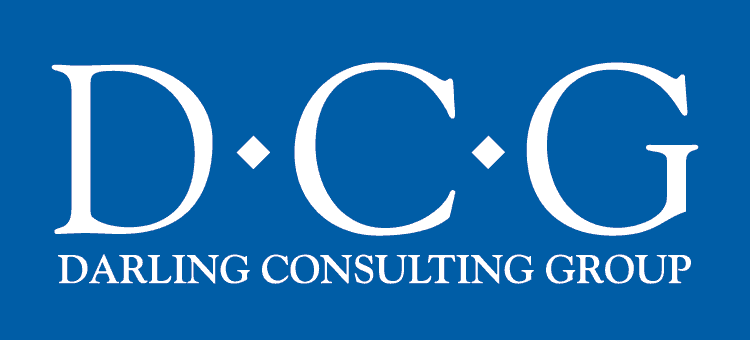As the 2024 budgeting process commences, directors may observe results that give them pause as earnings growth misses desired targets. Before reacting, they would serve their banks well by asking a few questions and listening to the responses. Exploring the right questions can help directors shape a view that 2024 is a “bridge year” to the next rate cycle and sunnier days ahead. But if left unexplored, that bridge may turn out to be a precarious plank off an otherwise seaworthy ship in a changing tide.
Question 1: What is normal anymore?
The coronavirus pandemic led to a 30%-plus increase in the money supply via economic relief programs. Paycheck Protection Program lending created a windfall for many community banks in 2020 and 2021. The Federal Open Market Committee shifted to a rate-tightening policy that caused short-term rates to rise at a pace and extent not witnessed since the early 1980s. As intended, the restrictive policy drained liquidity from the financial system, causing deposit costs to rise more quickly than the asset side of the balance sheet could offset.
And here we are, three years later, wondering what “normal” is. Word of advice: Benchmarking budget expectations to the last few years could lead to short-sighted decisions with meaningful longer-term and adverse consequences. View your 2024 budget with situational awareness and realism.
Question 2: What if the predictive average is reality?
The most difficult variable to pin down is the expectation for funding costs. Many banks enjoyed a lag in deposit pricing through 2022, but that lag broke in early 2023. DCG’s predictive deposit model, using an aggregate of all 275 institutions tracked, suggests that if current market rate levels hold, a nonmaturity deposit base’s average cost may increase by 20% over the next year, while balances may erode by 10%. Consider this baseline analysis as an effective challenge when reviewing your institution’s budget forecasts. The budget should tell you the reality you need to hear, not the fiction you may want to hear.
Question 3: What is the full asset cash flow picture?
Based on a sample of fourth quarter 2023 client model results, the typical bank may see average loan yields improve 15% to 20% over the next year if current market rate levels persist. Much of this loan cash flow will likely be redeployed at rates that are 2% higher than the roll-off rate. The same phenomenon exists for bond cash flows.
Undoubtedly, term funding rollover costs will eat into some of that asset yield improvement for the typical bank — but margin improvement should still be achievable until you consider the potential lag in nonmaturity deposit costs and changes in deposit mix. Having a realistic view of that variable will illustrate the growth the bank needs to achieve to meet reasonable profitability targets, as well as whether it should take other measures.
Question 4: Is now the time to push the earnings envelope?
All of this is unfolding at a time when the life cycle of an inverted yield curve may be ending. Historically, inverted yield curves persisted for 12 to 18 months; the current inversion has lasted for 14 months. The Fed’s concern about inflation has caused short-term interest rates to rise well over longer-term rates.
Curve normalization often begins with the Fed easing and lowering rates as the restrictive policy accomplishes its mission, or the market capitulates and buys into the mindset of “higher rates for longer.” We are seeing that now.
But what drove the recession that followed the inverted curves of the late ‘80s, early 2000s and 2008? In each instance, there was a triggering event: the Gulf War, 9/11 and the failure of Lehman Brothers and trouble at Fannie Mae and Freddie Mac. That event may be unfolding now with the devastating situation in the Middle East.
Should your bank lock up longer-term funding to save 100 to 200 basis points now, likely giving it back in years to come? Should it sell bonds at a loss and reposition into higher yields, in hopes of earning it back before loan quality issues potentially reduce regulatory capital levels? Should the bank ease on credit standards, despite evident cracks in asset quality?
Question 5: Bridge year or plank?
There are many reasons for a director to be concerned about 2024 and beyond. How much the board presses management for 2024, if not realistic and careful, could have longer-range implications when no reset button exists. This year is very different — the tide seems to be shifting for rates and asset quality. It may be better to observe this from the safety of a bridge, rather than the end of an unstable plank.




